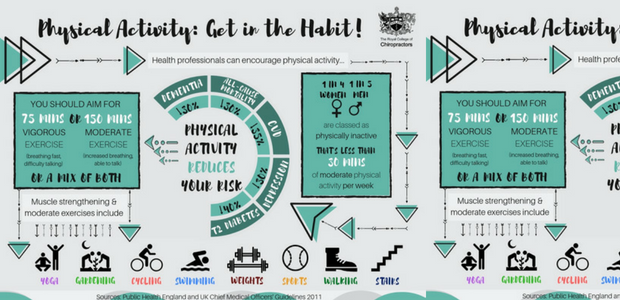A Beginner'S Overview To Recognizing Cervical Spinal Column Makeup And Its Effect On Neck Pain
A Beginner'S Overview To Recognizing Cervical Spinal Column Makeup And Its Effect On Neck Pain
Blog Article
https://www.chiroeco.com/concussion-treatment-protocols/ Composed By-Outzen McKinnon
As you sit there, probably feeling a stab of discomfort in your neck, have you ever stopped to consider the intricate structures that comprise your cervical spine? Recognizing just how the vertebrae, discs, and nerves engage in this area can shed light on why neck discomfort can be so persistent and debilitating. By checking out the foundations of cervical spine anatomy and its implications for neck discomfort, you might uncover insights that might aid you better manage or perhaps stop those bothersome pains and tightness.
Importance of Cervical Back Makeup
Understanding the significance of cervical spine makeup is crucial in comprehending the complexities of neck pain. The cervical back, comprised of seven vertebrae, plays an important duty in supporting the head's weight and assisting in activity. It houses the spine, which transmits messages in between the mind and the rest of the body. In addition, the cervical spine shields these delicate nerves and supplies architectural security to the neck region.
In addition, the cervical back enables a variety of activity, allowing you to transform your head, turn it laterally, and nod backwards and forwards. Each vertebra has certain functions and attributes that contribute to the total adaptability and security of the neck. Comprehending the composition of the cervical spinal column can aid you understand just how injuries or degenerative problems in this area can cause neck pain and relevant signs and symptoms.
Components of the Cervical Spine
When exploring the parts of the cervical spine, it becomes apparent that its structure contains 7 vertebrae, labeled C1 to C7, stacked on top of each other. These vertebrae are important as they provide support to the head and allow for a large range of activity in the neck.
The topmost vertebra, C1, also referred to as the atlas, supports the skull and makes it possible for the sleeping motion of the head. Directly below C1 is the C2 vertebra, called the axis, which enables the rotation of the head from side to side.
Relocating down pop over here , each vertebra plays a vital duty in preserving the spinal column's flexibility and security. In between each vertebra are intervertebral discs that act as paddings, taking in shock and avoiding the vertebrae from massaging versus each other.
Comprehending the elements of the cervical spinal column is vital in comprehending just how the back features and its possible influence on neck pain.
Relationship Between Back and Neck Discomfort
The connection in between the spine and neck discomfort is a vital element of comprehending musculoskeletal pain. Your back, particularly the cervical area, plays a significant duty in sustaining your head and permitting different movements. When there's a problem in the back, such as a herniated disc or misalignment, it can straight impact the surrounding tissues and nerves, causing neck pain. Poor posture, injuries, and degenerative conditions can all add to spine-related neck pain.
It's vital to acknowledge that the spinal column and neck feature as a natural unit. Any irregularities or imbalances in the back can create pressure on the neck muscles and tendons, resulting in discomfort and rigidity.
Final thought
Now that you have a fundamental understanding of cervical spinal column anatomy and its link to neck discomfort, you can much better appreciate the intricacies of your own neck discomfort. Bear in mind, the health of your cervical spinal column plays a critical function in supporting your head and promoting activity, so it's important to look after it via correct pose, workout, and regular check-ups with a medical care expert. Stay notified and aggressive concerning your spine health and wellness to avoid and handle neck discomfort successfully.
